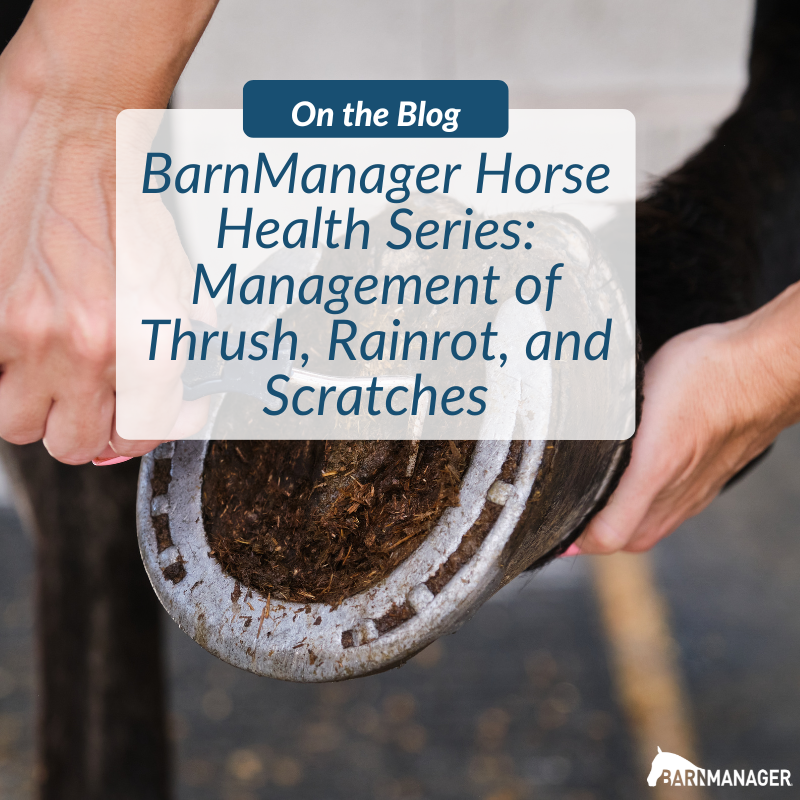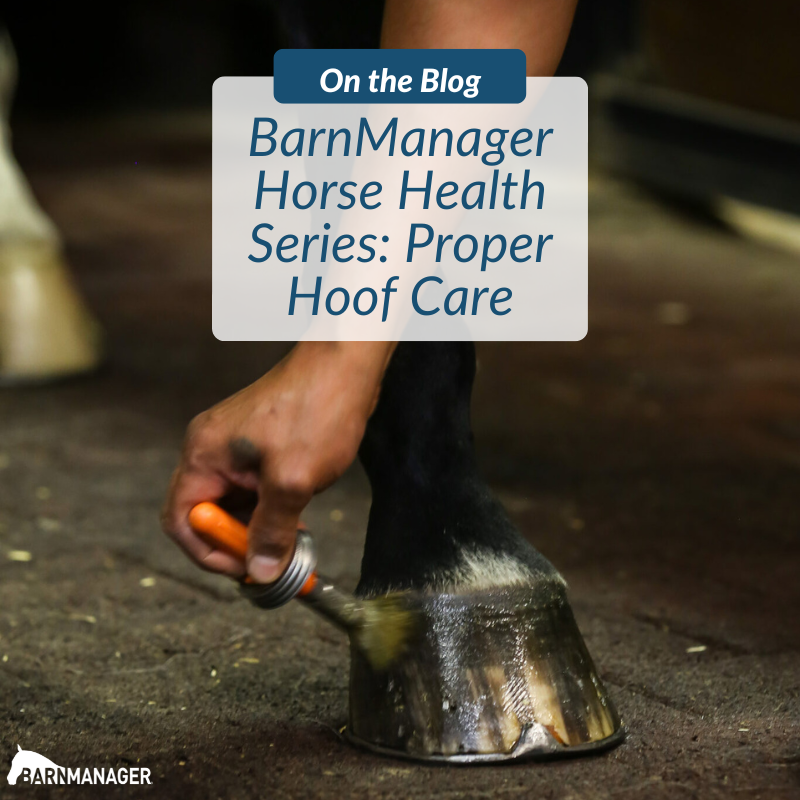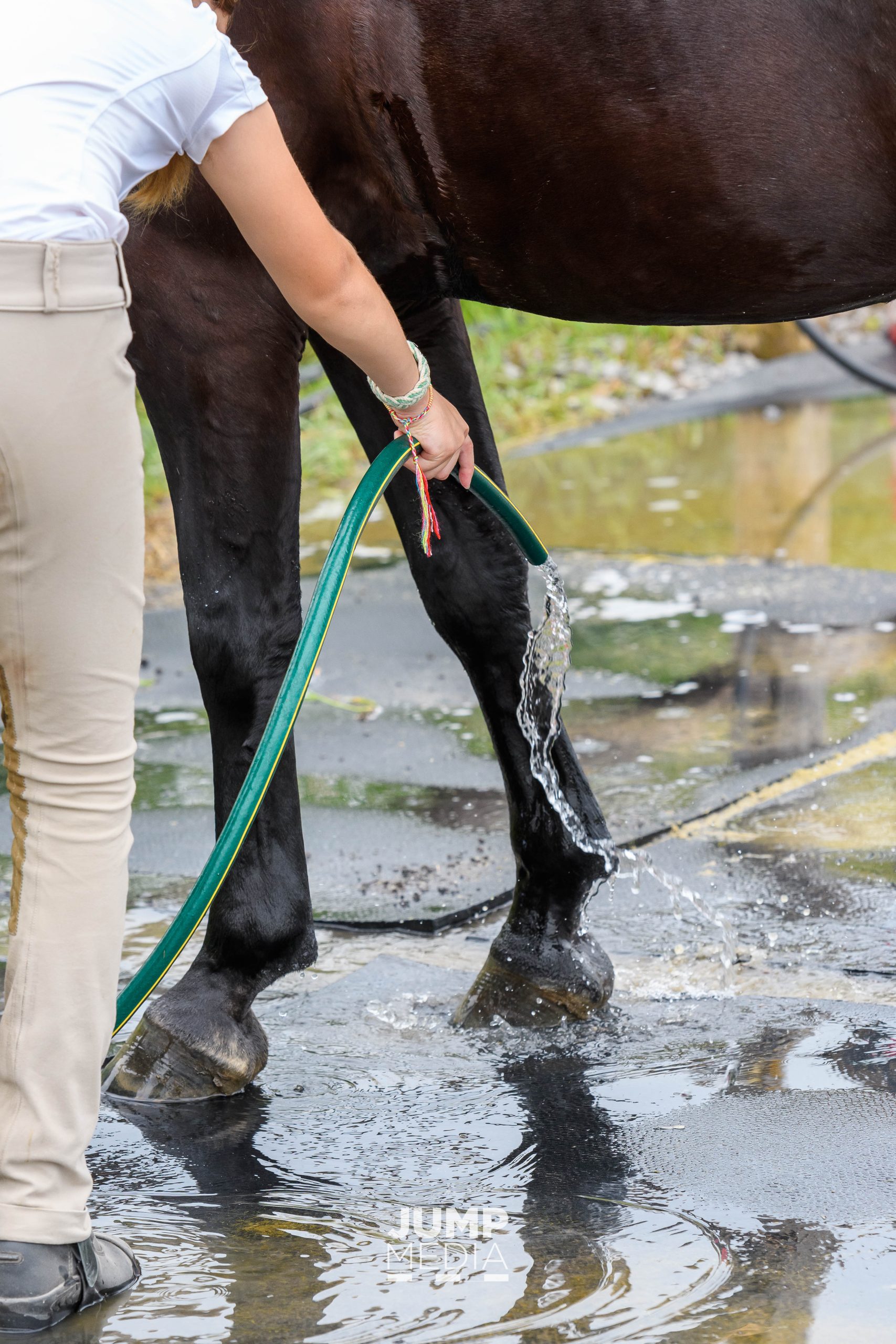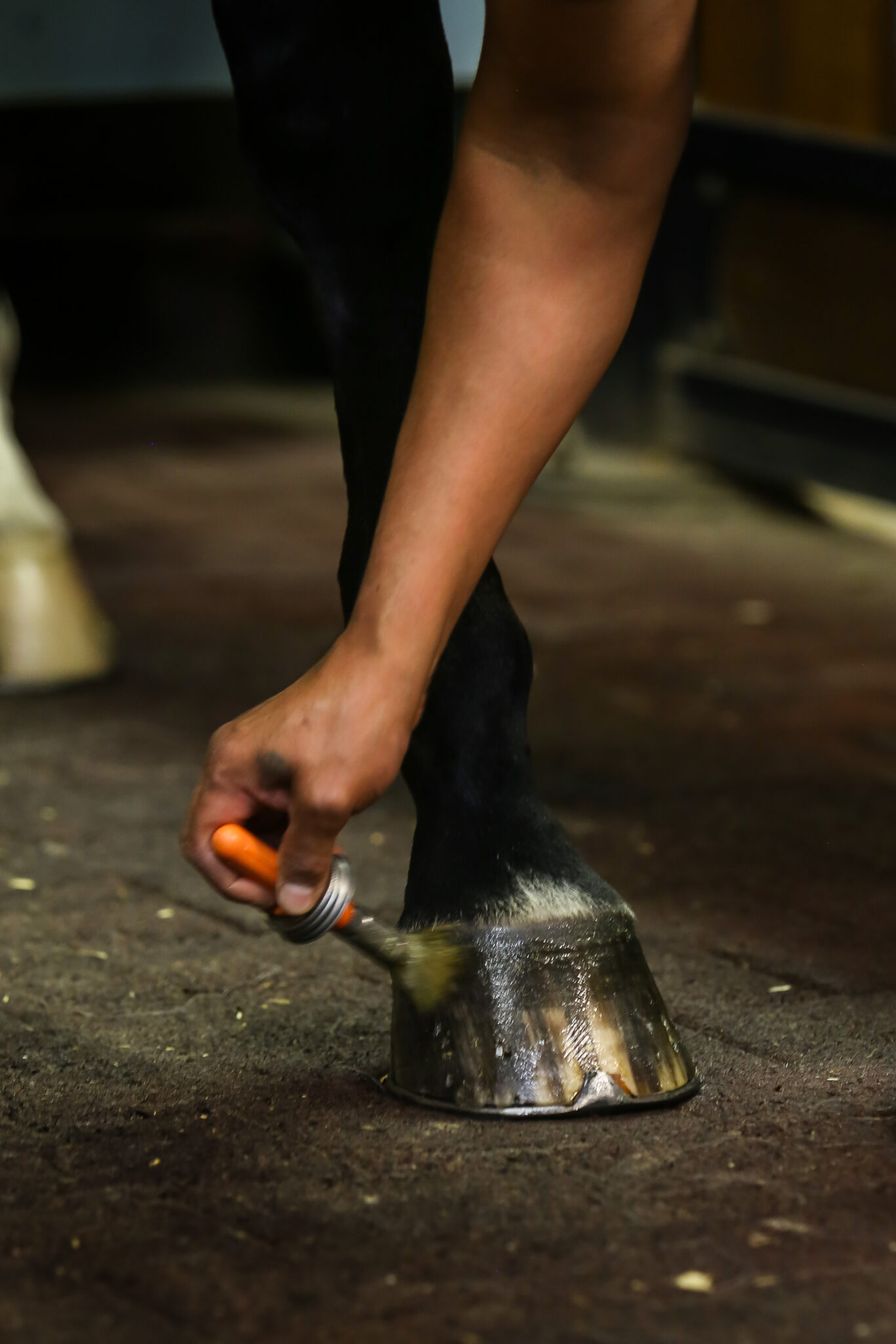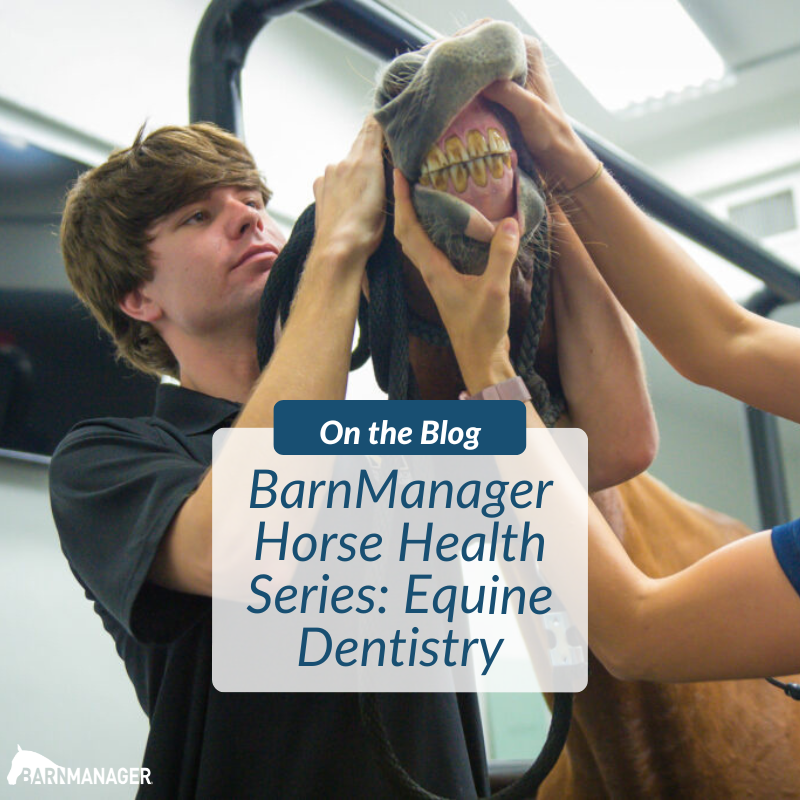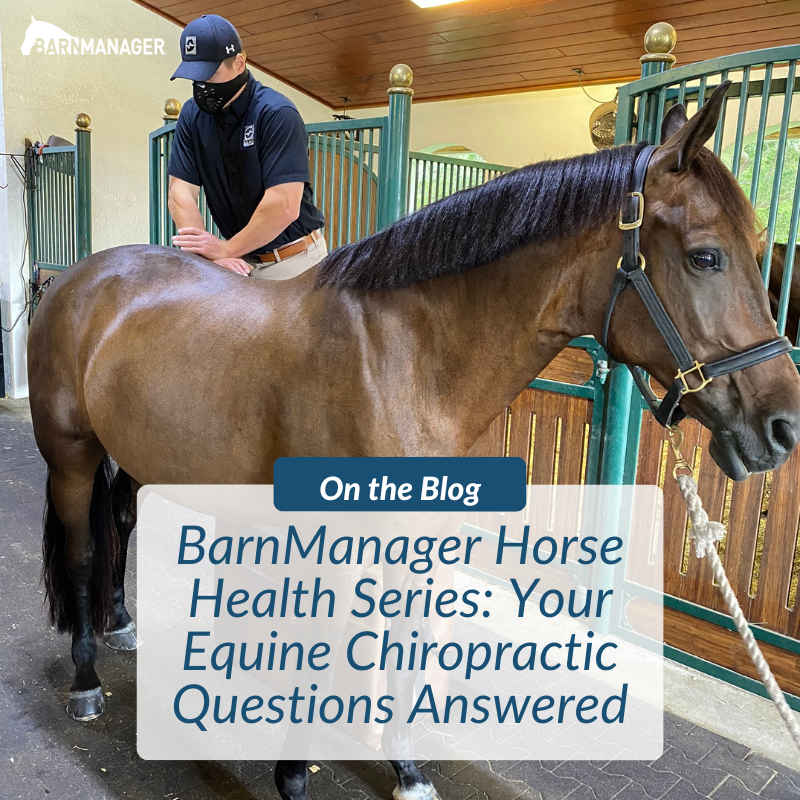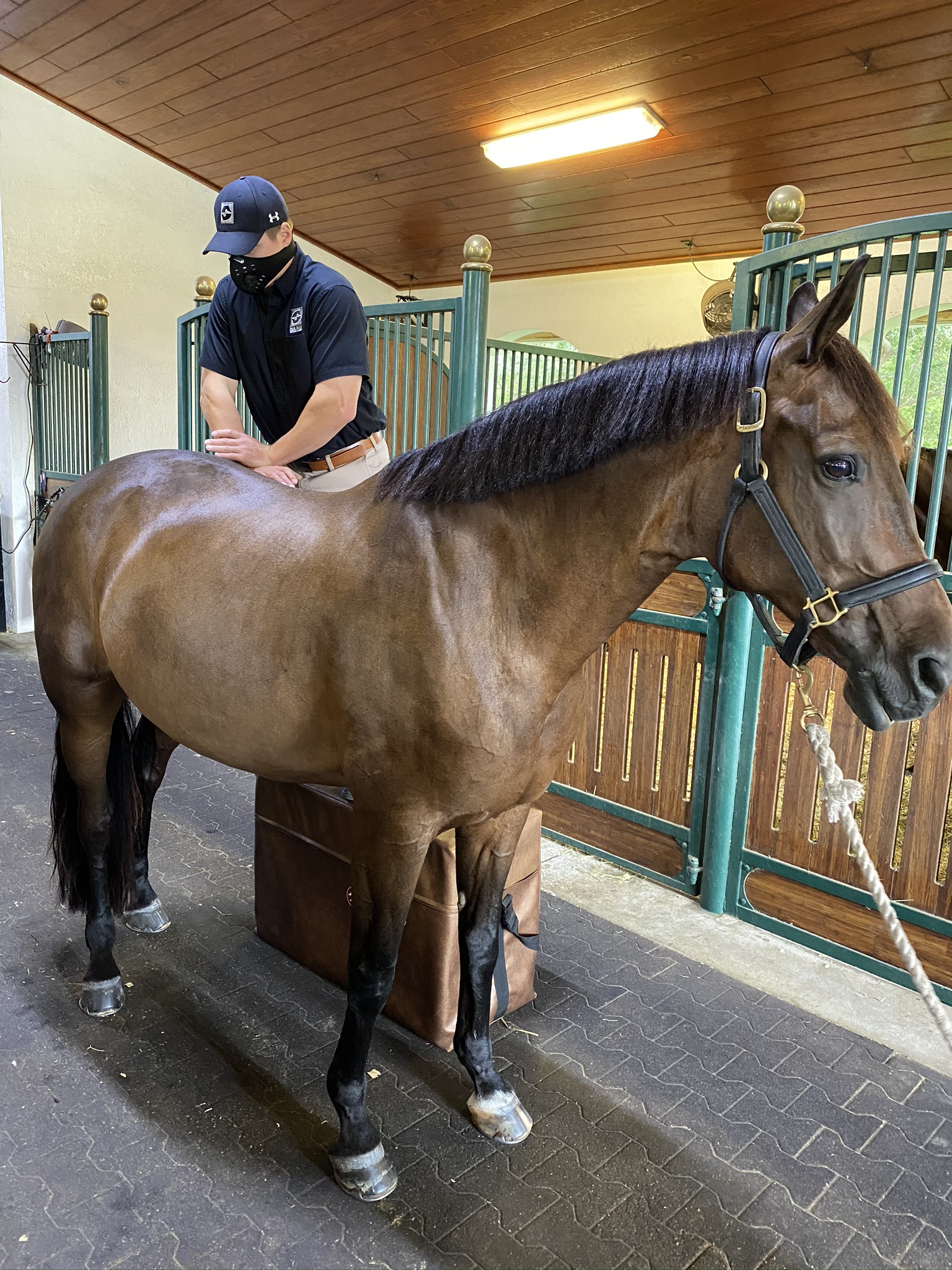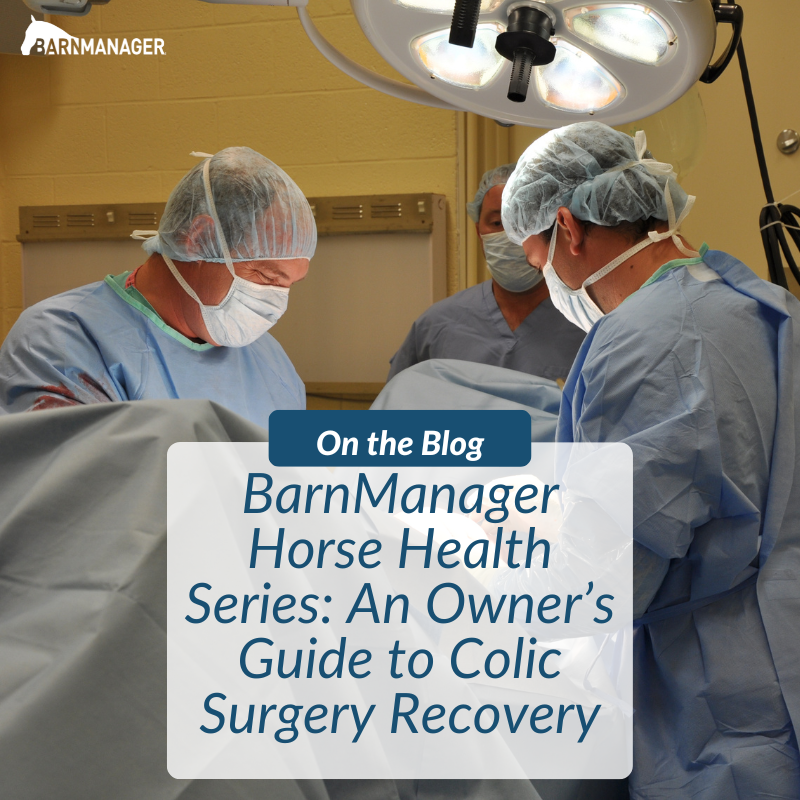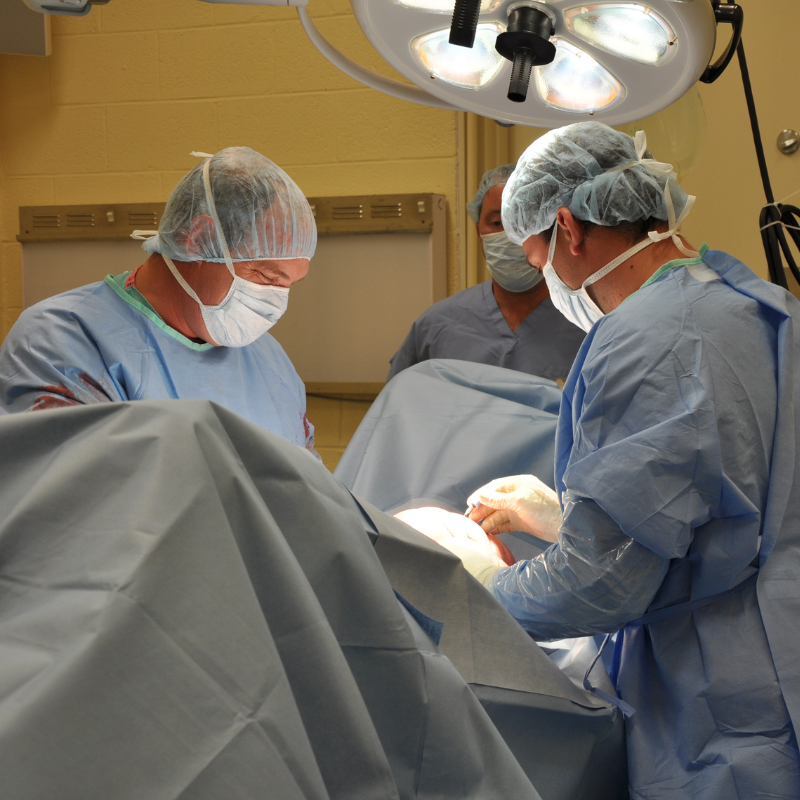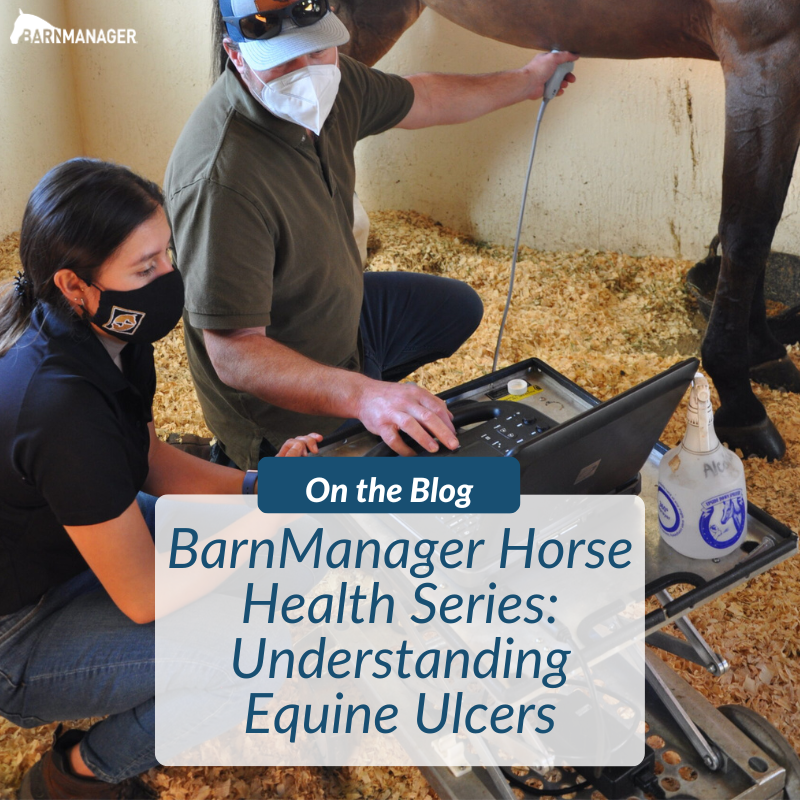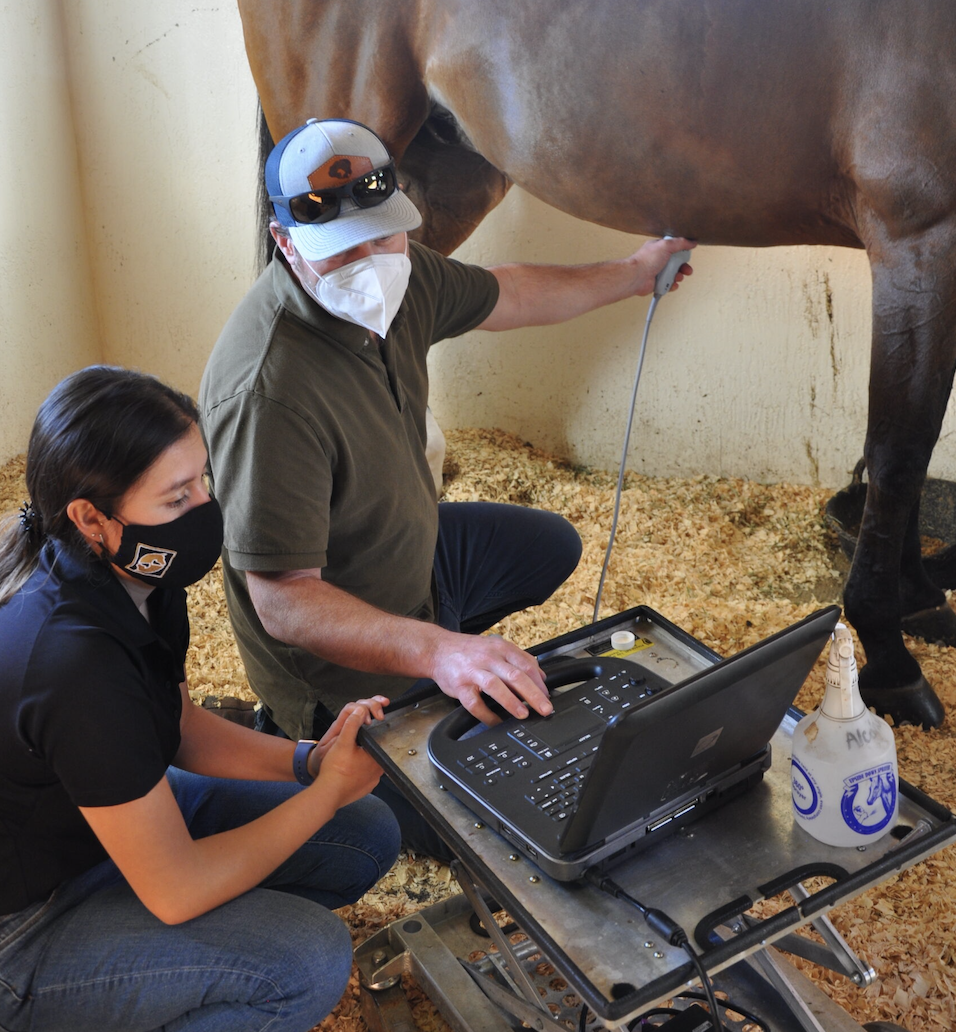Thrush, rainrot, and scratches are problems that most equestrians have encountered. While different in their presentation, thrush, rainrot, and scratches have a lot in common. These issues can arise due to environmental factors or predisposing conditions, but there are ways to treat or help prevent them with proper care and management. Dr. Bryan Dubynsky of Palm Beach Equine Clinic in Wellington, FL, shared his expertise on the causes, treatment, and prevention of each of these conditions.
Thrush
Thrush is an infection within the horse’s hoof most commonly caused by bacteria that invade the deep clefts or grooves (known as sulci) of the frog. Fusobacterium Necrophorum is the common bacterial culprit, which naturally occurs in the environment, especially in wet, muddy, or unsanitary areas. Thrush bacteria thrive where there is a lack of oxygen.
Some horses are predisposed to developing thrush due to conformation, such as a rather high heel or deep sulci, or a narrow or contracted heel. The bacteria will manifest in hooves that are not picked out regularly, or if a horse stands in muddy, wet environments, including paddocks or stalls that have not been cleaned properly. Typically, thrush can be identified first by the odor. The frog will have a strong, rotten smell. Visually, the frog becomes spongy and can even exudate (ooze) pus.
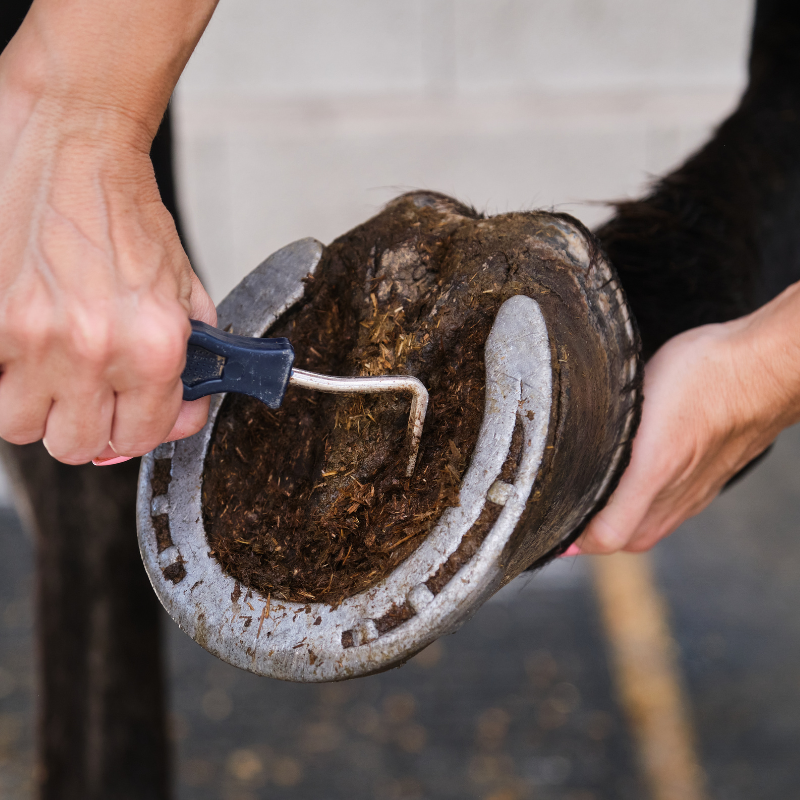
Treatment for thrush is fairly simple because it is very sensitive to oxygen. Begin by having your vet or farrier trim or debride the frog, removing damaged tissue and exposing affected areas to the air. Applying a common detergent to the thrush areas, such as Betadine or any commercial thrush product (Thrush Buster, Coppertox, etc.) will help kill the bacteria. Most importantly, remove the horse from the predisposing environmental factors, otherwise treatments may be ineffective.
Rainrot
Rainrot is caused by a naturally occurring bacteria named Dermotophilus, which produces spores. The condition is recognized as scabby, scaly, crusty spots on areas of the horse that have been exposed to rain. It is commonly seen on the neck or across the back (dorsum). Rainrot is not typically apparent on the legs or under the belly. A surplus of rain on the skin washes away the natural protective oils. Once the skin is stripped of its natural protective layer or any sort of trauma to the skin barrier occurs – which can be as simple as an insect bite – the Dermotophilus spores are able to invade the deeper dermis skin layers. The body then reacts by sending white blood cells and proteins to fight the invaders.
This reactive response causes small pustules, scabs, and bumps to form. Similar to thrush, rainrot is an environmental issue. It is most commonly seen in warm areas with high humidity, excess rain, and insects. The most important prevention tactic is to keep horses out of prolonged periods of rain. A horse can be out in the rain for short periods of a day or two, but if it is constantly in hot and rainy conditions with biting insects, the horse will more than likely develop rainrot.
Dr. Dubynsky emphasizes that topical remedies are only effective if the horse is also removed from the environmental factors. Using a keratolytic agent (something that exfoliates keratin), such as benzoyl peroxide or an antibacterial shampoo, will help the skin heal. He also cautions against picking off any scabs, which could leave the underlying skin vulnerable to additional invading bacteria. The most important tip for healing is to keep the area dry.
Scratches
Scratches is a generic term for many different ailments. The definition of scratches can be a bacterial, fungal, or viral dermatitis or inflammatory condition of the pastern or fetlock.
There are predisposing factors for scratches, including the same environmental issues that cause thrush or rainrot. Horses that have an excess amount of hair on their legs, especially draft horses, may be more prone to developing scratches because the hair traps dirt and moisture on the skin. Scratches can develop in horses that are bathed too often, such as intensely managed show horses. Frequent bathing can strip away the natural protective oils and barrier of the dermis allowing bacteria or fungi to invade. When moisture penetrates the skin, it causes an inflammatory reaction. This presents as heat, redness, pain, and loss of protection against bacteria.
The most effective first step for prevention and treatment of scratches is to eliminate environmental predisposing factors. Removing excess hair during humid months and keeping horses clean and dry will reduce the probability of developing an infection. Bathing horses once a day with Betadine or antifungal/antibacterial shampoo will help clear the infection. Leave the shampoo on for 20 minutes so the medicine can penetrate. Rinse thoroughly and make sure to dry the horse completely. In order to effectively treat the bacteria, horses, especially their legs, should be completely towel- or air-dried before being returned to their stalls or paddocks.
As always, contact your veterinarian immediately if there appears to be a deeper infection present, or if you would like more detailed information on how to treat and prevent these infections.
For a more in-depth explanation of horse hoof health, click HERE to read the full article from Palm Beach Equine Clinic.
NOTE: These guidelines are only suggestions, and you should always follow the specific instructions from your veterinarian.
Have questions about utilizing BarnManager or want to give it a try for yourself? Request a live demo here!
